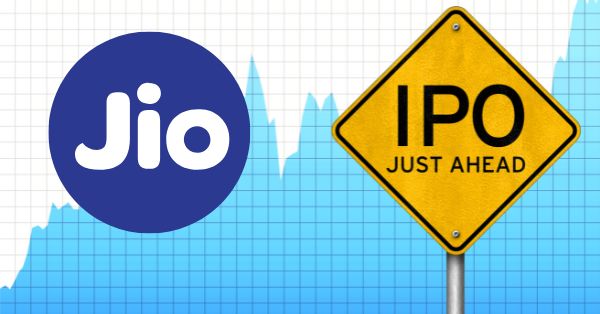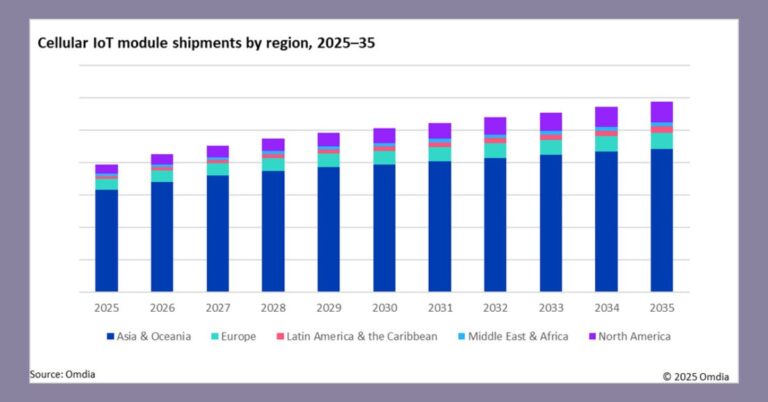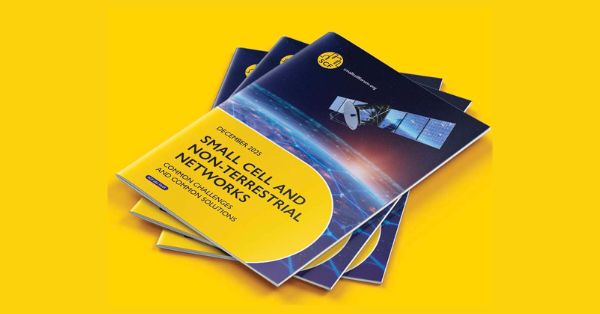Emerging Satellite Capabilities in the Google Pixel 9
The upcoming Google Pixel 9 is rumored to introduce significant advancements in connectivity, potentially including the ability to send messages via satellite, marking a significant step forward in mobile communication technology. This enhancement is poised to put Google on par with Apple, which currently leads with its Emergency SOS feature available in the latest iPhones.
The Role of Samsung Exynos 5400 in Pixel 9’s Connectivity
Central to the Pixel 9’s connectivity enhancements is the Samsung Exynos 5400 modem, which will be embedded within Google’s proprietary Tensor G4 chipset. According to sources, this new modem will adhere to the 3GPP Release 17 nonterrestrial network (NTN) standards, facilitating a broader range of satellite connectivity options. This development could significantly extend communication capabilities to include not only emergency services but also text and multimedia messaging in areas without conventional mobile signal coverage.
Advanced Satellite Services in Pixel 9
In addition to basic satellite messaging, rumors suggest the introduction of a ‘Satellite Gateway’ app, which will streamline communication with emergency services. This application aims to simplify the user interaction during emergency situations by providing quick-response options and predefined questions, enhancing the efficiency and speed of emergency responses.
Pixel 9’s Satellite Features vs. Industry Standards
The inclusion of satellite connectivity in the Pixel 9 is reflective of a broader industry trend initiated by Apple’s integration of similar features in its iPhone models. However, Google’s integration with the Exynos 5400 modem might offer a more robust and versatile communication tool that enhances safety and improves connectivity, particularly in remote or underserved areas.
Expanding Satellite Technology Across Google’s Device Range
The implications of the new Tensor G4 chipset and Samsung modem extend beyond the Pixel 9. Google plans to deploy these technologies across a variety of devices, including the upcoming generation of Pixel Fold and a new 5G-enabled tablet, currently known under the codename “Clementine.” This indicates Google’s strategic move to standardize enhanced connectivity features across its entire range of mobile devices.
Improving Network Reliability in Pixel 9
The transition to Samsung’s Exynos modems in Pixel devices beginning with the Pixel 6 has been met with mixed user feedback regarding network reliability. Nevertheless, the forthcoming Pixel 9 series is expected to address these issues, promising not only to enhance satellite communication capabilities but also to improve the stability and reliability of network connections, thus significantly elevating the overall user experience.
Strategic Benefits of Pixel 9’s Satellite Capabilities
With these technological advancements, Google aims not only to match but potentially surpass the market standards currently dominated by companies like Apple. The introduction of advanced satellite features could significantly enhance the appeal of the Pixel 9, particularly for consumers seeking reliable connectivity in diverse environments, positioning Google as a pioneering force in the integration of next-generation technologies within the consumer electronics space.
The Future of Connectivity in Pixel Devices
The potential for future enhancements in connectivity does not stop with satellite messaging. As network technologies evolve, there is anticipation around the ability to support even more complex communications like voice and video calls over satellite networks. These advancements could revolutionize the way mobile communications are perceived, particularly in terms of their utility in remote or traditionally underserved regions.
Conclusion: Leading Mobile Connectivity Innovations
The Google Pixel 9’s anticipated satellite communication features represent more than a mere technological upgrade; they signify a paradigm shift in mobile connectivity. As Google continues to innovate, it sets new industry standards, pushing the boundaries of what smartphones can achieve and expanding the scope of where they can operate effectively. This development not only enhances Google’s product offerings but also pioneers new frontiers in the increasingly interconnected world of mobile technology.







































